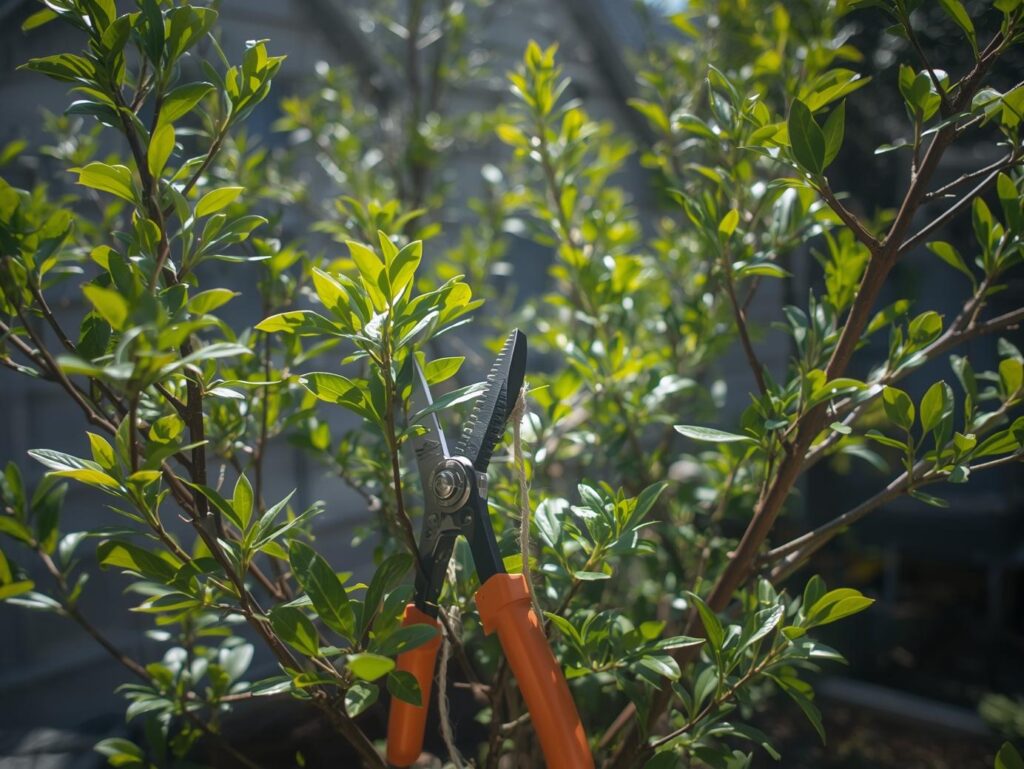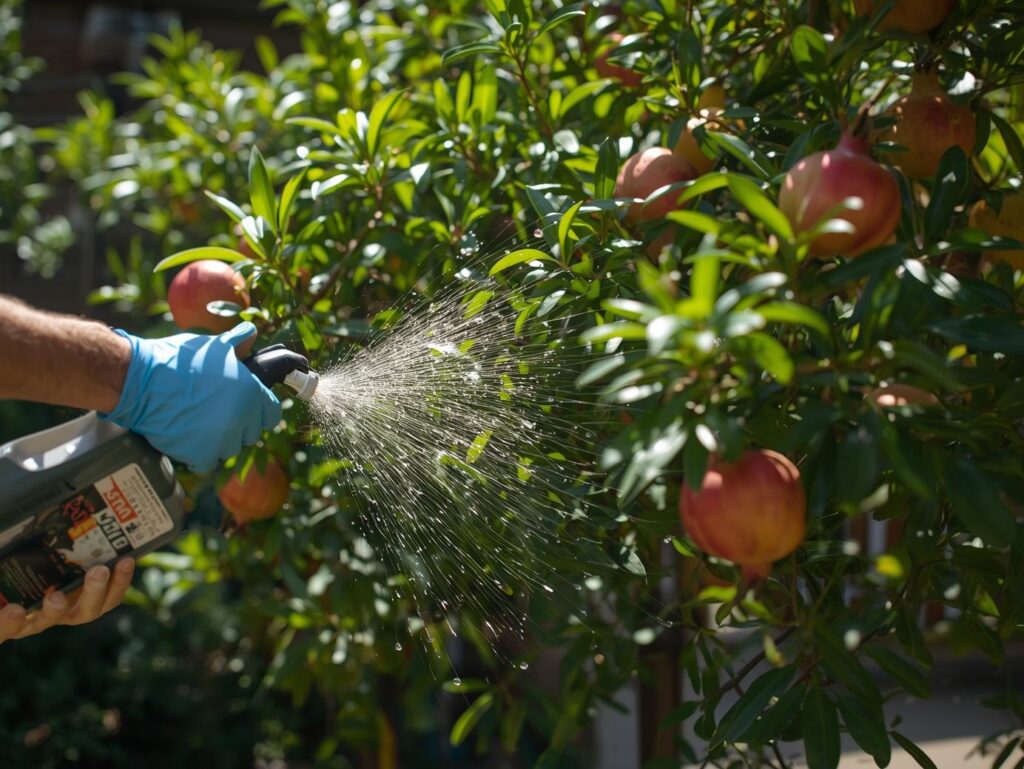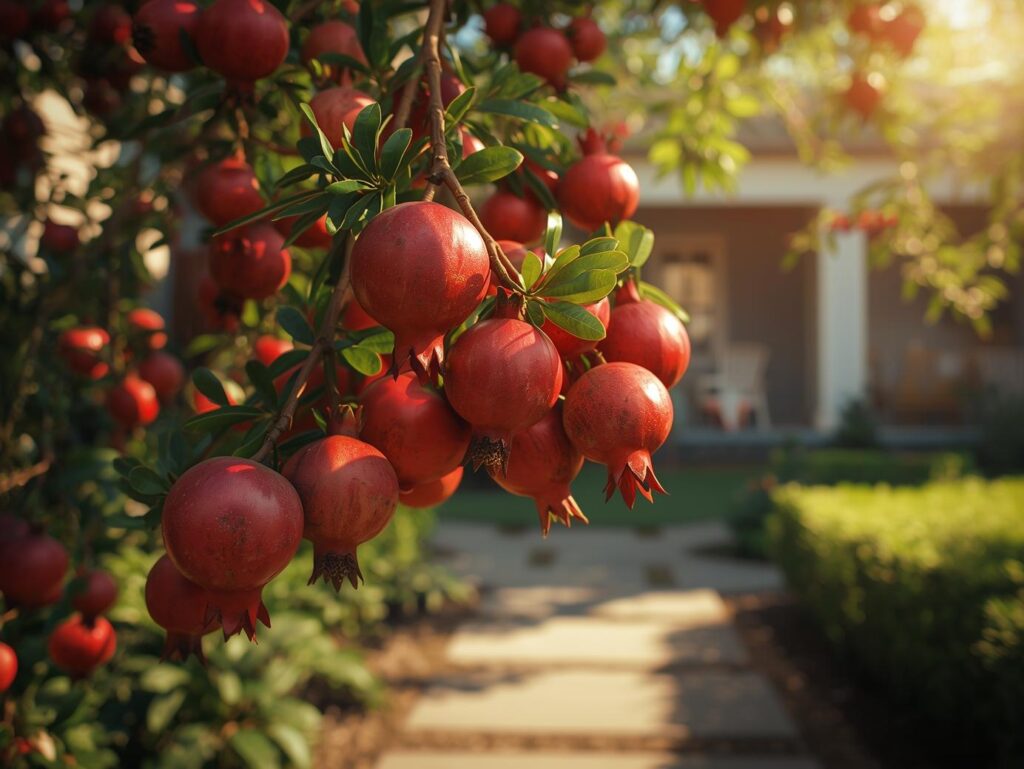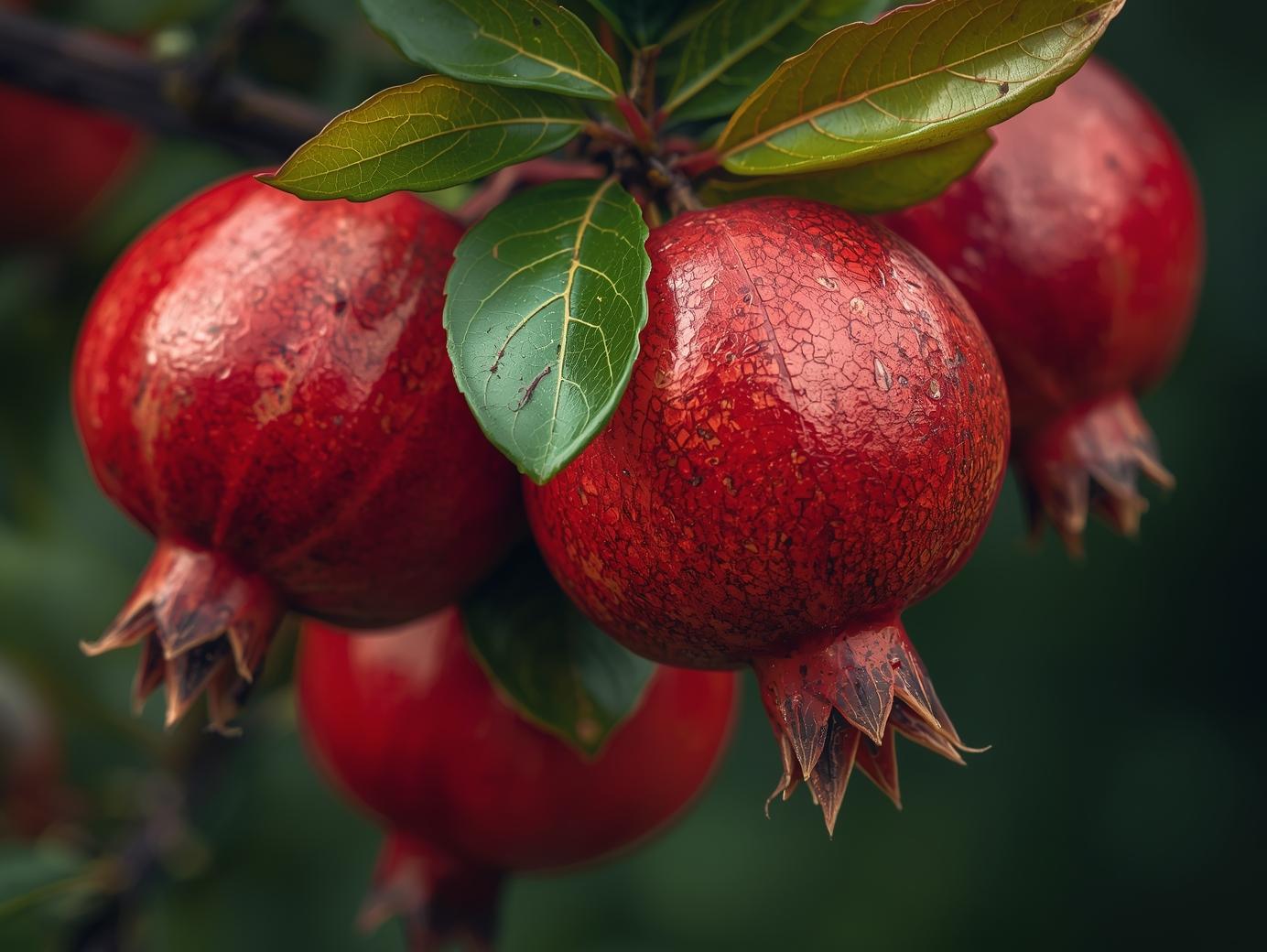Pomegranates are one of the most rewarding fruit plants you can grow in your home courtyard. Their ornamental appeal, with vibrant red blooms and glossy foliage, pairs beautifully with their nutritious and delicious fruits. Originating from warm, dry regions, pomegranates thrive in many parts of the USA, particularly in the southern and western states such as California, Arizona, Texas, and Florida. Even in cooler regions, they can be grown in containers and brought indoors during winter. This guide explains everything you need to know about soil preparation, planting, watering, fertilizing, pruning, pest management, and harvesting for a successful pomegranate garden at home.
Soil Selection
The foundation of a healthy pomegranate tree lies in choosing the right soil. Pomegranates prefer well-draining, loamy soils that are rich in organic matter. They can tolerate a wide range of soil types, including sandy and clay soils, as long as drainage is adequate. The ideal soil pH ranges between 5.5 and 7.0. Before planting, it’s best to loosen the soil and mix in organic compost or aged manure to improve fertility and structure. This not only enhances root growth but also helps retain enough moisture without becoming waterlogged.
For gardeners in the USA, especially in areas with heavy or compacted soil, amending with sand or perlite can improve aeration and prevent root diseases. Performing a soil test before planting can provide valuable information about nutrient levels and pH balance. Adjusting the soil according to the test results ensures that your pomegranate tree gets the nutrients it needs from the start. With properly prepared soil, your plant will establish faster, grow stronger, and produce abundant fruit year after year.
Site Preparation
Selecting the right site in your courtyard is essential for successful pomegranate cultivation. Pomegranates are sun-loving plants that require full sunlight for at least six hours a day to produce high-quality fruits. Choose a location that receives maximum sunlight and has good air circulation. A slightly elevated area or gentle slope works best, as it prevents standing water around the roots. In courtyard settings, positioning the plant near a south-facing wall can also provide extra warmth and protection from cold winds.
Before planting, clear the area of weeds, stones, and debris that could hinder root growth. Loosen the topsoil to a depth of at least 18 inches to encourage deep root development. If your courtyard soil is poor, mix in compost or organic material to boost its fertility. Proper site preparation not only ensures strong root establishment but also reduces the risk of pests and diseases later on. A well-prepared planting site creates an environment where your pomegranate plant can thrive and produce fruit for many seasons.
Planting
The best time to plant pomegranate trees in most parts of the USA is during spring or early fall when the soil is warm and the risk of frost is minimal. Begin by digging a hole twice as wide and just as deep as the root ball. Carefully remove the plant from its container, gently loosen the roots, and place it in the center of the hole. Ensure the top of the root ball is level with the ground surface before backfilling the hole with a mix of native soil and compost. Water thoroughly after planting to settle the soil and eliminate air pockets.
If you’re growing pomegranates in containers, choose a large pot with good drainage holes. Container-grown trees are perfect for courtyards with limited space or colder climates, as they can be moved indoors during winter. Once planted, apply a thin layer of mulch around the base to retain moisture and prevent weed growth, keeping it a few inches away from the trunk to avoid rot. Proper planting techniques are vital to help your pomegranate tree establish strong roots and begin vigorous growth.
Watering
Watering plays a crucial role in the development of pomegranate plants, particularly during their first few years. These trees are drought-tolerant once established but need regular watering during the early stages of growth and throughout the flowering and fruiting seasons. Deep watering once or twice a week encourages the roots to grow deeper, making the plant more resilient to dry conditions. The soil should be kept moist but not saturated, as excessive moisture can lead to root rot.
During the fruiting season, consistent watering helps prevent fruit cracking and improves yield quality. In hot regions of the USA, mulching around the plant base helps conserve soil moisture and regulate temperature. For container-grown plants, monitor soil moisture more frequently, as pots tend to dry out faster. Reducing watering gradually in late fall helps the plant prepare for dormancy in colder regions. Striking the right balance in watering will promote strong growth and plentiful fruit production.
Fertilizing
A balanced fertilizing schedule keeps pomegranate trees vigorous and productive. In the first year, use a balanced fertilizer with equal proportions of nitrogen, phosphorus, and potassium to encourage healthy root and leaf development. As the tree matures, switch to a fertilizer slightly higher in potassium to enhance flowering and fruiting. Fertilizing should be done three times a year—once in early spring, once in late spring, and again in early fall. Avoid over-fertilizing, as excessive nitrogen can promote leafy growth instead of fruit production.
Organic options such as compost, aged manure, or bone meal are excellent for long-term soil health and sustained nutrient release. Always water the plant thoroughly after applying fertilizer to prevent root burn and improve nutrient absorption. Conducting an annual soil test helps determine nutrient deficiencies, allowing you to tailor your fertilization plan accordingly. Proper feeding ensures your pomegranate tree remains lush, disease-resistant, and highly productive season after season.
Pruning & Training
Pruning and training are essential for shaping your pomegranate tree, improving air circulation, and encouraging fruit-bearing branches. The best time to prune is late winter or early spring before new growth begins. Start by removing dead, damaged, or crossing branches to promote a strong framework. Thin out excess shoots from the interior to allow sunlight to reach the center of the tree, which enhances both fruit quality and overall plant health.

Training young trees into a multi-stemmed or single-trunk shape depends on your courtyard’s design and available space. For smaller courtyards, maintaining a compact, bushy shape works best. Annual pruning also helps control the size of the tree and prevents overcrowding, making it easier to harvest the fruit. Avoid heavy pruning during the growing season, as it can stress the tree and reduce fruit yield. With consistent pruning and training, your pomegranate tree will maintain an attractive shape and produce abundant, high-quality fruit.
Pest & Disease Control
Pomegranate trees are relatively hardy but can be affected by pests like aphids, whiteflies, and scale insects. Regularly inspect the leaves and stems for early signs of infestation, such as sticky residue or distorted growth. Introducing beneficial insects such as ladybugs can naturally control pests, while horticultural oils or insecticidal soaps can be used if infestations become severe. Good sanitation practices, like removing fallen leaves and pruning dead wood, also help prevent pest buildup.

Diseases such as leaf spot, root rot, and fruit rot can occur, particularly in humid or poorly drained conditions. To minimize these problems, ensure proper spacing between plants for good airflow and avoid overhead watering, which can spread fungal spores. Applying organic fungicides when needed and maintaining consistent care routines help keep diseases under control. A healthy, well-maintained pomegranate plant is more resistant to pests and diseases, ensuring years of fruitful harvests.
Fruiting & Harvest
Pomegranate trees generally begin producing fruit two to three years after planting, with full production reached around the fifth year. Flowers appear in late spring, and the fruits typically mature by late summer or early fall, depending on your region. You’ll know the fruit is ready to harvest when it develops a deep red color and produces a metallic sound when tapped. Gently clip the fruits from the tree using pruning shears to avoid damaging the branches.

Once harvested, pomegranates can be stored in a cool, dry place for several weeks or refrigerated for longer freshness. The fruits can be enjoyed fresh, juiced, or used in a variety of recipes, offering both flavor and nutritional benefits. Regular harvesting encourages new flowering and maintains the tree’s productivity. With proper care, your home courtyard can produce an annual supply of vibrant, juicy pomegranates that add both beauty and bounty to your garden space.
